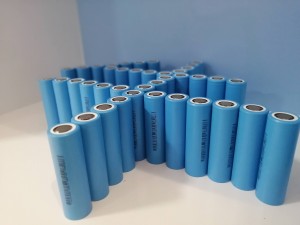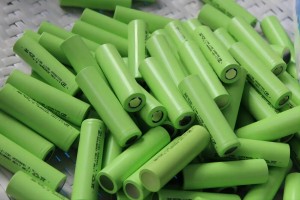If you use 18650 lithium batteries in your everyday devices, you may have faced the frustration of having one that cannot be charged. But don't worry - there are ways to repair your battery and get it functioning again.

Before you start any repairs, it's important to note that 18650 lithium batteries are not designed to be repaired, and any attempts to do so are not recommended by manufacturers. However, if you're comfortable with taking things into your own hands, we'll go over some general steps that may be helpful in repairing your battery.
The first step is to identify the issue. Often, batteries that cannot be charged may have a low voltage or may be completely dead. You can use a multimeter to check the voltage of your battery. If it reads below 3 volts, there's a good chance the battery can be recharged. If it's completely dead, it may be more difficult to recover.
One potential solution to fix a low voltage battery is to jumpstart it. This involves using a higher voltage power source to charge the battery. You can do this by attaching the positive and negative ends of the battery to a 9 volt battery or a car battery for a few seconds. This can give the battery enough juice to start charging on its own.
If jumpstarting the battery doesn't work, you may need to try a more intensive method like a process called "zapping". Zapping involves sending a high-voltage pulse into the battery to break up any crystalline formations on the electrode plates. This can be done with a specialized device called a zapper, which can be found online or at a specialized battery repair shop.
When using a zapper, it's important to follow the manufacturer's instructions carefully and take safety precautions. You should wear protective gear like gloves and eye protection, and work in a well-ventilated area. Zapping should also be done carefully and only for a short amount of time, as it can potentially damage the battery.
If these methods don't work, it may be time to accept that the battery is beyond repair. In this case, it's important to dispose of the battery properly. Lithium batteries cannot be thrown in the trash, as they can be a fire hazard. Instead, you can take them to a specialized recycling center or use a mail-in recycling program.

In conclusion, repairing 18650 lithium batteries can be a tricky and potentially dangerous process. While jumpstarting and zapping may work in some cases, it's important to take safety precautions and follow manufacturer's instructions carefully. If all else fails, disposing of the battery properly is necessary for your safety and the environment.
Post time: May-15-2023